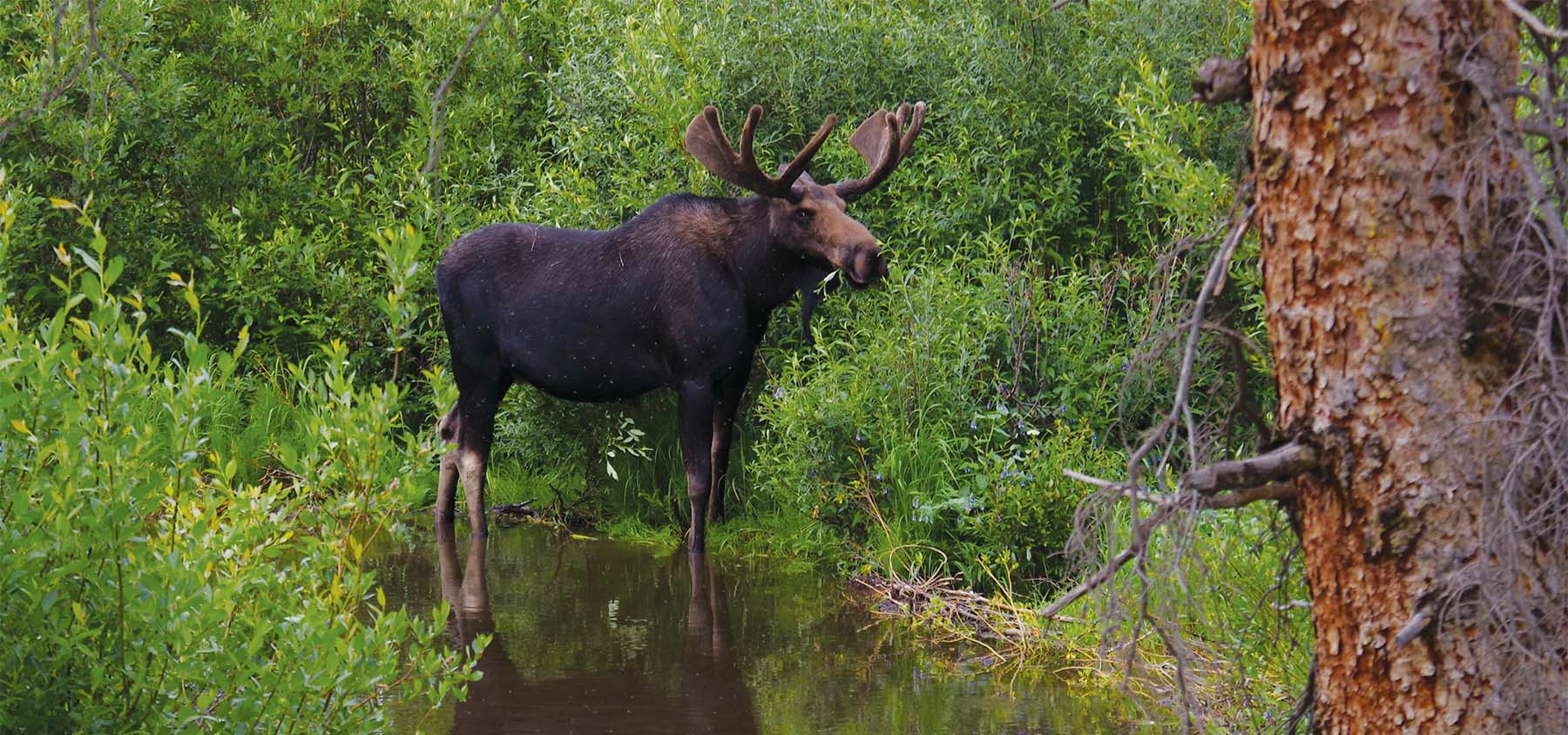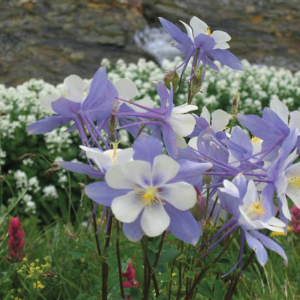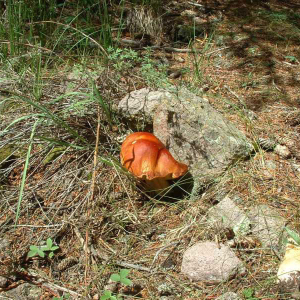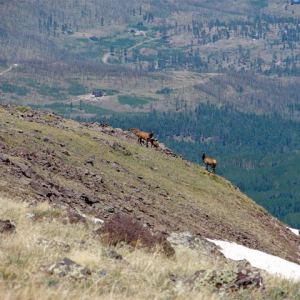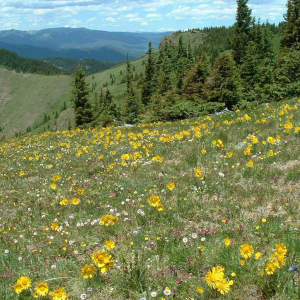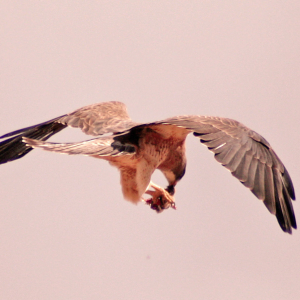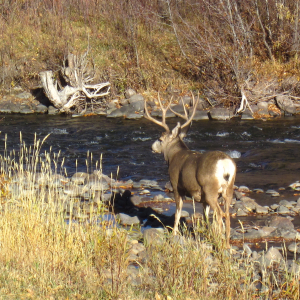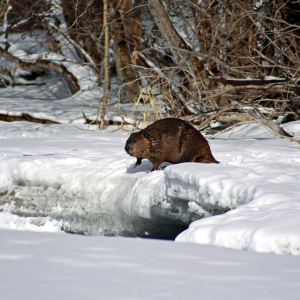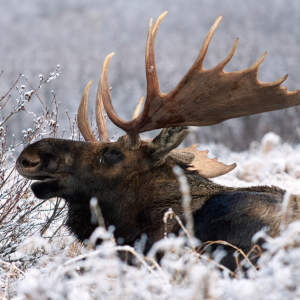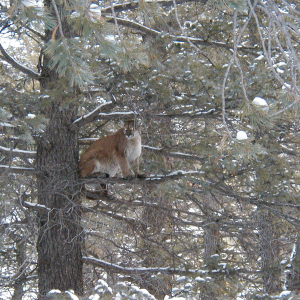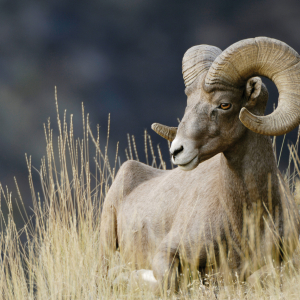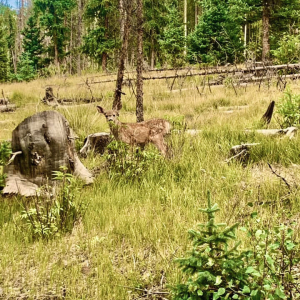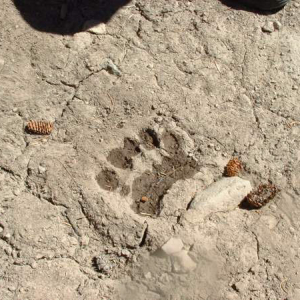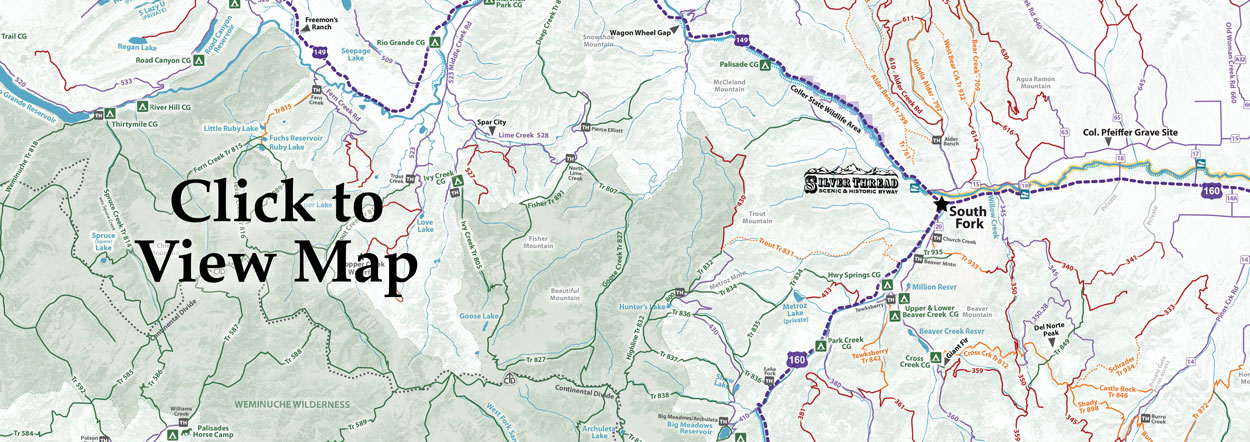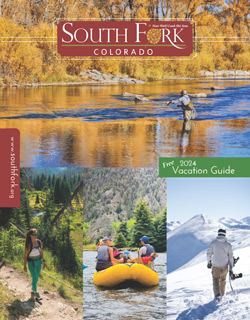Scope it Out: A likely encounter with 'the locals'
Wildlife
Surrounded by national forest, viewing wildlife is simple. From bugs to bighorn sheep, you are likely to see more animals than you can count. While most commonly seen during early morning and evening hours, attentive drivers and hikers will find some animals out during the day. Usual suspects include Deer, Elk, Rabbits and Squirrels, but others might be just around the bend so don’t forget your camera! Remember to keep your distance from any wild animal.
You might find: Big Horn Sheep • Bear • Moose • Coyote • Raccoon • Red Fox • Skunk Lynx • Marmot • Bobcat • Mountain Lion • Pronghorn Antelope
Birds
Don’t forget to bring your binoculars! Our 260+ species of birds range from shy, modest little brown birds to dramatic, colorful eagles, hawks and hummingbirds. Wild turkeys walk through our snowy yards and roost in nearby pines. A few dippers perform in the Rio Grande and its South Fork, within town limits. The night-songs of owls bewilder with haunting tunes from the forest. Birds-galore show off their colors: bluebirds, hummingbirds, eagles, and jays from shiny black to gray and metallic blue. Soaring predators and flitting prey provide drama, and feeders in town offer a likely sighting from the seat of your car!
Wildflowers
As you take any of the scenic driving tours in the area, notice the overwhelming variety of wildflowers that are in bloom along the road-side, in open meadows and under the shade of aspen groves. An entire rainbow of colors range from pale yellow to bright reds and purples. Note: Our San Juan Mountains are famous for their many species and colors of the aster/sunflower family. Please leave flowers for all to enjoy - take a picture instead!
Mushrooms
Mushroom hunting is always a lesson in patience. The mountains create a variety of mushroom habitats. Common but sporadic July rain showers create just the right amount of humidity and moisture required for a good mushroom crop! Our high altitude is perfect for two popular mushrooms, the Chanterelles and Boletus. Get insider tips and directions to good hunting spots during our Mushroom Foray, typically held in early August. Learn to correctly identify and collect a variety of species, then hit the hiking trails to hunt for the perfect mushroom! Confirm the validity of your finds at the follow-up discussion, and finish off the evening with a gourmet meal!
For info on our three hunting units (76, 79 and 80) and more than 100 huntable species, visit

